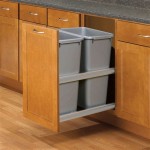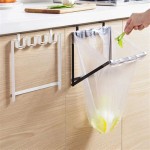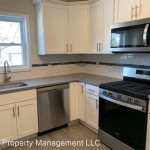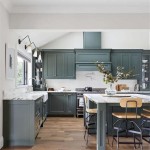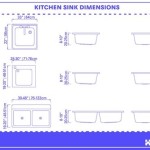What Color Are My Cabinets?
Determining the color of existing kitchen or bathroom cabinets can be more complex than it initially seems. While a quick glance might suggest "white" or "brown," a closer inspection often reveals subtle undertones and variations that significantly impact the overall aesthetic. Accurately identifying cabinet color is crucial for coordinating design elements, selecting paint colors, and choosing complementary hardware. This article explores several methods for determining cabinet color, accounting for various factors that can influence perception.
Lighting Conditions
Lighting plays a pivotal role in how colors appear. Natural daylight reveals the truest colors, while artificial light can cast yellow, blue, or even green hues. Incandescent bulbs tend to add warmth, making colors appear more yellow or orange. Fluorescent lights can cast a cool, bluish tone. LED lights offer a broader spectrum but can still influence color perception depending on their color temperature. To accurately assess cabinet color, observe them under different lighting conditions. Examine the cabinets during daylight hours and at night under artificial light. Note any shifts in color and try to identify the underlying base color that persists despite the lighting changes.
Undertones
Undertones are the subtle hints of color beneath the surface hue. They significantly influence the overall appearance and can make a seemingly white cabinet appear creamy, grayish, or even slightly pink. Identifying undertones requires careful observation. Compare the cabinets to a pure white object, such as a sheet of paper, to discern any underlying hues. If the cabinets appear slightly yellow next to the white paper, they likely have warm undertones. If they appear grayish or bluish, they likely have cool undertones. Understanding undertones is crucial for selecting complementary wall colors, countertops, and backsplashes.
Material and Finish
The material and finish of the cabinets also affect color perception. Wood cabinets, for instance, can absorb and reflect light differently than laminate or painted cabinets. The grain of the wood can create variations in color, making some areas appear darker or lighter. Glossy finishes reflect more light, intensifying colors and making undertones more pronounced. Matte finishes absorb more light, resulting in a more muted appearance. When determining cabinet color, consider the material and finish, as these factors can significantly influence the overall impression.
Comparison Techniques
Several techniques can assist in pinpointing cabinet color. Paint chips are a readily available tool. Compare various paint chips to the cabinets under different lighting conditions. Look for chips that closely match the overall color and undertones. Another method involves taking a high-resolution photograph of the cabinets in natural daylight. Upload the photo to a color matching app or software. These tools can analyze the image and identify potential color matches. While not always perfectly accurate, they offer a helpful starting point. Consulting with a paint professional can provide expert guidance. They can bring color samples to your home and assess the cabinets in their existing environment. Their trained eye can discern subtle nuances and recommend coordinating colors.
Documentation and Manufacturer Information
If the cabinets are relatively new, checking existing documentation or contacting the manufacturer may provide information about the color. Builder specifications, renovation records, or product catalogs might list the cabinet color name or code. The manufacturer's website may also offer color charts or online tools for identifying specific cabinet colors. This information can be valuable for matching existing cabinets or ordering replacements that seamlessly blend with the current design.
The Importance of Accurate Color Identification
Accurately identifying cabinet color is essential for creating a cohesive and aesthetically pleasing space. Choosing the right wall colors, countertops, and backsplash materials depends on understanding the undertones and overall color of the cabinets. An accurate assessment ensures that all elements work together harmoniously. Whether undertaking a complete kitchen remodel or simply refreshing the existing space, knowing the precise cabinet color is a crucial first step.

How To Choose Kitchen Cabinet Color Awa Cabinets

What Color Should I Paint My Kitchen Cabinets

Types Of Kitchen Cabinets Wood Cabinet Door Styles And Colors

40 Best Kitchen Color Ideas For 2024

Kitchen Cabinet Paint Ideas

How To Bring Colour Your Kitchen Cabinetry Dulux

How To Choose Color Schemes For Your Kitchen Remodel Kraftmaid

31 Kitchen Color Ideas To Elevate Your Cabinetry Without A Full Remodel Architectural Digest

What Color Should I Paint My Kitchen Cabinets Expert Cabinet Painting Textbook

Kitchen Cabinet Colours 10 Best Cupboard Colour Ideas For A Stylish Transformation


